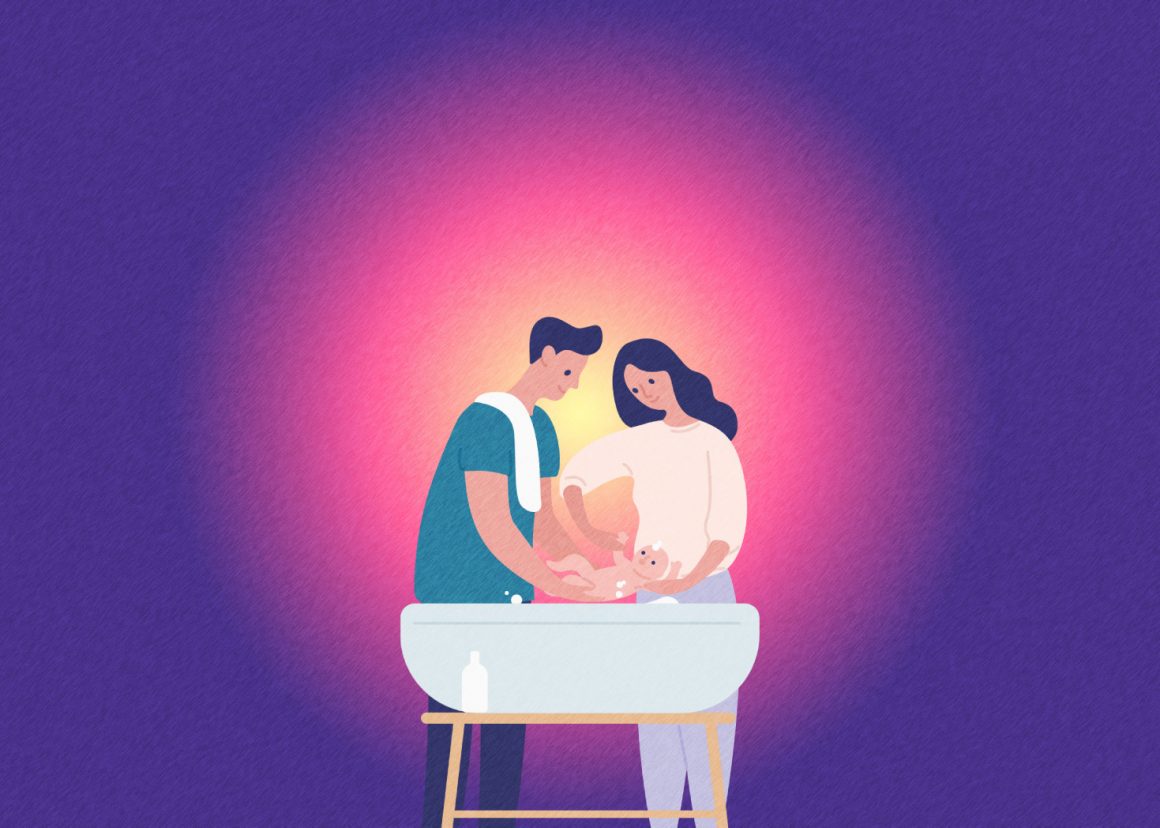
From the birds and the bees to IVG
By Leonie O’Sullivan, August 25 2023—
Before scientific advancements in reproduction, explaining to children where babies came from involved awkward conversations around the birds and the bees. More conservative parents or guardians may have opted for the tale of the stork. Now, with the propulsion of reproductive biological research, explaining where some babies come from may require a quick biology lesson.
The world’s first “test-tube baby” was one of the pinnacle medical triumphs of the 20th Century. Lesley Brown, the mother of this baby, endured nine years trying to conceive naturally due to blocked fallopian tubes. In 1978, Brown gave birth to the first child conceived through in vitro fertilization (IVF). With couples focusing on their careers and opting to have children later in life — IVF has become an increasingly popular method of conception. In 2018, over 22,000 individuals in Canada underwent at least one IVF cycle with the hopes of becoming pregnant. One IVF cycle involves an individual taking hormonal injections for one to two weeks to stimulate the ovaries to produce around five to 30 mature eggs — without IVF a female will typically release only one mature egg per month. These eggs will then be retrieved from the ovaries and fertilized using sperm in a lab. If successful, at least one embryo will be transferred into the uterine cavity.
Scientists have taken reproductive technology one leap further into the realm of in vitro gametogenesis (IVG). In vitro gametogenesis is a bit of a mouthful, so let’s break it down. In vitro is Latin for in glass and refers to experiments completed with biological components in laboratory apparatus. Gametogenesis refers to the generation of gametes or sex cells — female gametes are egg cells, and male gametes are sperm. Altogether, we can consider IVG as a remarkable process of generating egg cells and sperm outside of an animal or human. This science can reverse engineer any type of cell from a human into induced pluripotent stem cells (iPS) — you can think of these iPS as being analogous to students who have not picked their major yet. They have the ability to major in any type of cell and can be nudged by scientists to transform into egg cells or sperm.
In Japan, IVG has been perfected in rodents, resulting in healthy pups from two female mice — but this science is still in the developmental stages for humans. If scientists can translate this research, it would be a game-changer for couples struggling with fertility and for queer and trans couples. It could ease the biological clock pressure experienced by women and individuals with ovaries and remove the gender constraints of biological parenthood. It would also allow an individual to be the sole parent of a child as they could use their own cells to create both the egg cells and the sperm — this would not result in a clone. IVG uses a cell division process called meiosis, where genetic variation increases and cloning requires a process called mitosis, where genetic variation remains unchanged.
The last piece of the reproduction puzzle would be an artificial womb, which is being worked on. In 2017, extremely premature lambs were sustained for four weeks using artificial womb technology (AWT). If translatable to humans, this could improve prospects for premature babies and would unlock the possibility for complete ectogenesis, with full gestation outside the body.
This revolutionary science raises many ethical dilemmas and places genetic parenthood on a pedestal. It would call for changes in legislation to cover parental consent as it is much easier to steal someone’s skin cells than their eggs or sperm. It would, however, give every individual and every couple the opportunity to have their own biological child — if that is important to them.
